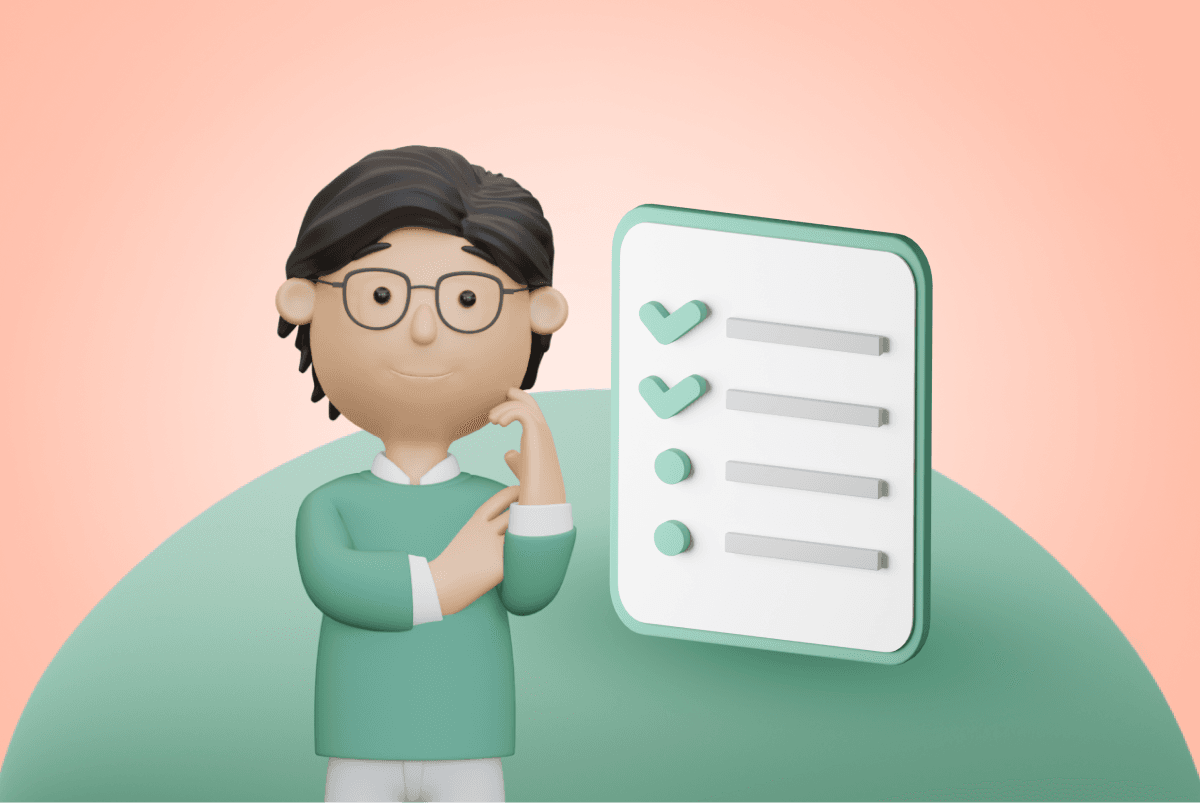Journey Through Anxiety 04: The Thought Record Technique
This article is addressed to people who find themselves in a difficult situation and are sometimes invaded by black thoughts. Information stated in this article may be useful for some people, and for others, the content of the article can cause anxiety or other uncomfortable feelings. Also if you experience an urge to harm yourself or are thinking about ending your life right now, don’t be afraid to seek help. In most of countries, there are free and anonymous crisis helplines or centers. We give you some suggestions in our First Aid tool. It may be more helpful to you to reach out for help now and come back to this article later.
When you find yourself in a crisis, depression, or other difficult situation, it's hard to keep a positive perspective on the future. You may feel like things can never get better, and so you find yourself in a bit of a black hole with no hope. It's normal to find it hard to resist black thoughts at such a time. That's why it's a good idea to create a safety plan when you feel a little better, a plan that you can turn to.
What to include in your safety plan?
The best way to make a crisis plan is to write it down somewhere where you can see it or always have it within reach. Write it on a piece of paper or on your cell phone. If you want, you can also use VOS notes to keep your crisis plan with you at all times.
Warning signs or triggers
The first step of a safety plan is to be able to recognize when to use it. Try to think and identify triggers that make you feel overwhelmed and may lead to thoughts about harming yourself or suicide. Take time to recognize what physical or emotional changes may indicate that you are in crisis. Some of the most common triggers and warning signs are:
-
Triggers: stress, financial problems, relationship issues, substance use, health problems, or traumatic experiences.
-
Warning signs: feeling hopeless or helpless, withdrawing from friends and family, increased alcohol or drug use, difficulty sleeping, and talking or thinking about wanting to die.
Plan itself
-
Reduce the temptation
Take the objects you want to hurt yourself with out of the room to reduce temptation. If you take away medicines, sharp objects, etc., the tension itself should decrease a little.
-
Calming or comforting activities
Note down a few things that could help you to calm and comfort yourself in a crisis situation. This may include something that usually helps you to distract yourself or brings you joy. If you can’t think about anything what is specifically yours, include some of these into your plan:
- Listening to music
- Taking a walk
- Playing a game
- Texting to a friend
- Practicing breathing techniques or meditations
We can recommend to you our First Aid tool that may provide you some tips and activities in a crisis situation. There’s also another app called Don’t panic available for free on Google Play or App Store that is aimed at people dealing with the urge to harm themselves.
-
Reasons for living
When you’re feeling down, it can be hard to remember some reasons that would keep you from harming yourself. That’s why it’s good to have a list of reasons why it’s worth being alive written somewhere where you can . These may include activities and even small things that you enjoy doing, people that you care about or dreams that you hold about your future. In addition, you can write down 3 things that you’re grateful for every day in the morning or in the evening to help you focus more on the positive aspects of life.
-
Emergency contact
Write down a name of a person you trust and make sure that you have their number saved. If none of the activities in step one don’t help to ease the tension, call a friend or a family member and tell them that you feel bad. You can even tell them in advance that something like this might happen. But if you don't feel like telling the person everything, you can just tell them that you're not feeling quite right and that you don’t want to be alone right now.
-
Professional help
Find and write down a number and website of some 24/7 crisis line or chat. In most countries, such services operate anonymously and free of charge. You can find a contact online or use one of our recommendations in the First Aid feature. Crisis lines work for all people who find themselves in a difficult situation and don't know how to get out of it. They are experts working there who are happy to talk to you and help you cope with the tension you might be experiencing. If you feel that you can’t handle the difficult situation alone, don’t be afraid to call or text there.
In conclusion, a suicide safety plan is good to create in a moment when you feel a bit better. Take your time to think about it and personalize it for yourself. It’s a great tool that can really make a difference. If you have a VOS premium, you can also ask our counselors to guide you while creating your plan.



